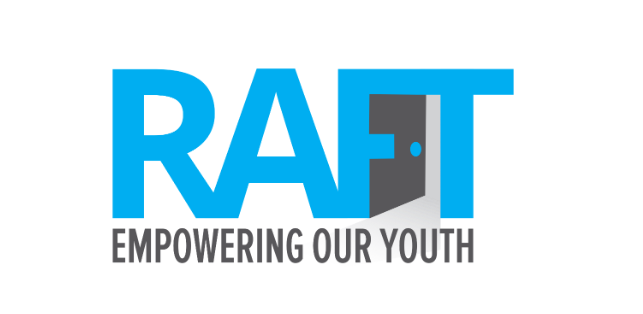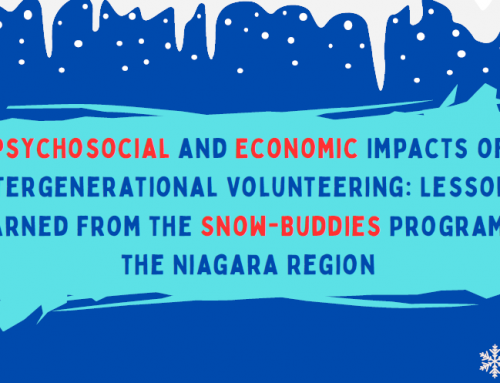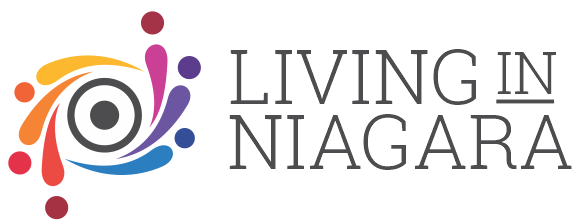The report by the RAFT (Niagara Resource Service for Youth) examines the effectiveness of a Centralized Shelter Diversion program in the Niagara region of Ontario between April 2019 and April 2021. It summarizes data and information gathered by a team of Shelter Diversion workers who had 2,643 interactions with 1,181 unique people seeking access to shelter provided by the RAFT’s Youth Shelter, Southridge Community Church’s Adult Shelter, or the Boys and Girls Club of Niagara’s Nightlight Youth Shelter.
The report plots the near-term pathway into homelessness, and factors that affected Shelter Diversion workers’ ability to effectively divert people from shelter to safe and appropriate alternative housing. It also includes a critique of prioritizing shelters as the first point of contact for people looking for housing support.
Findings indicate that successful diversion is more likely when a person has never accessed a shelter before and has greater personal agency.
Summary Learnings and Lessons include:
- Shelter Diversion is an effective prevention program that provides cumulative benefit the longer it is operating.
- Shelter Diversion’s success supports using Homeless Identity theory for the development of effective homelessness programs.
- Shelter Diversion’s success rate can be increased by reducing the number of people repeatedly accessing shelter and increasing personal agency.
- Assessments used in homelessness services should be strengths-based and respectful.
- Shelter Diversion is relatively easy and inexpensive to implement.
- Shelter Diversion is best implemented by a centralized team.
- Shelter Diversion is a cost-effective homelessness prevention service.
Publication Date: August, 2021
Published By: Michael Lethby, MA, Executive Director, Niagara Resource Service for Youth (RAFT)
To view the report click here: Two Years of Shelter Diversion: Learnings and Lessons 2021








